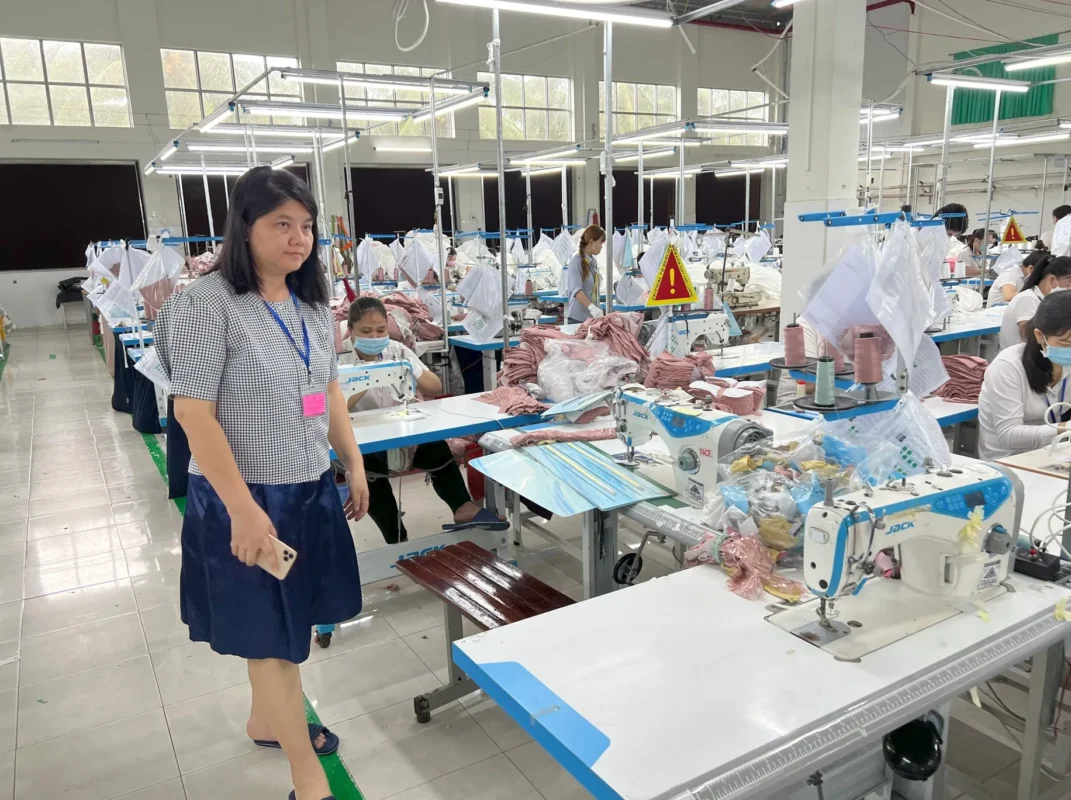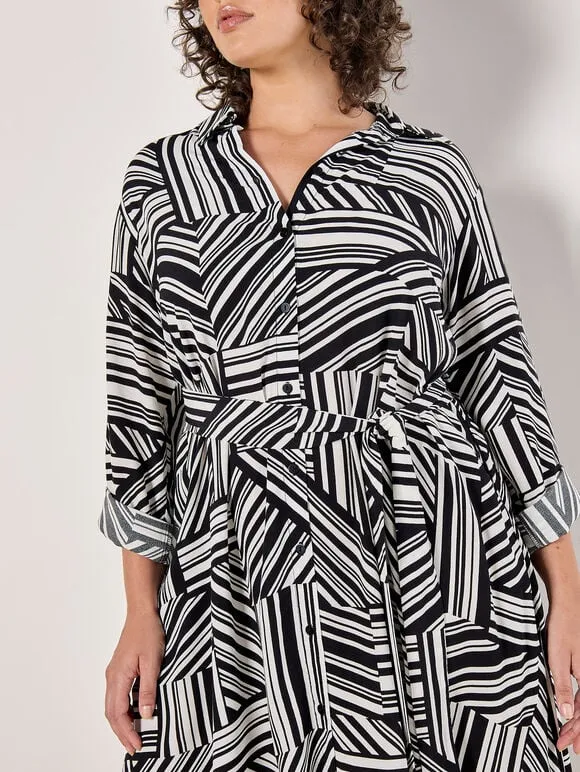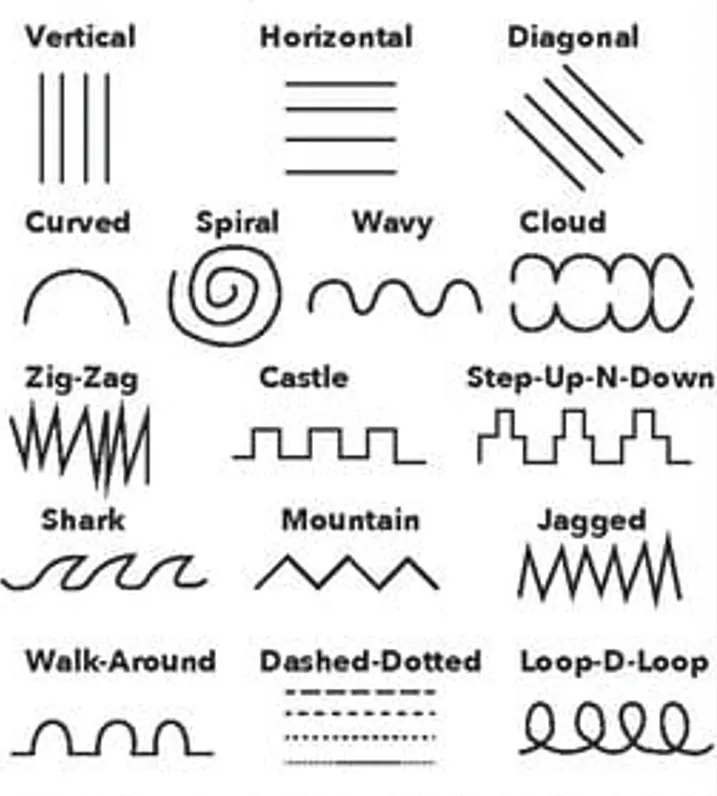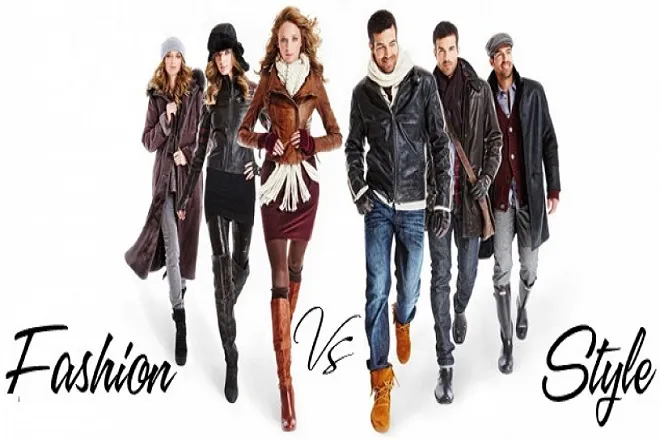
Most people often use fashion and style interchangeably, but understanding their distinct meanings can greatly enhance your personal expression. Fashion relates to trends and what is popular at a given time, while your style reflects your unique personality and preferences. In this post, you will discover how fashion influences what you wear, whereas style defines how you truly present yourself. By grasping this difference, you can make more intentional choices that highlight your individuality and confidence in any setting.
The Essence of Fashion
Fashion constantly morphs, driven by cultural shifts, social dynamics, and the creative visions of designers. You can spot fashion’s influence everywhere—in magazines, runways, and streetwear alike—reflecting the current zeitgeist. It’s less about personal preference and more about what’s trending at the moment, encouraging you to refresh your wardrobe frequently. This transitory nature keeps the industry dynamic but often challenges you to separate passing fads from truly meaningful pieces.
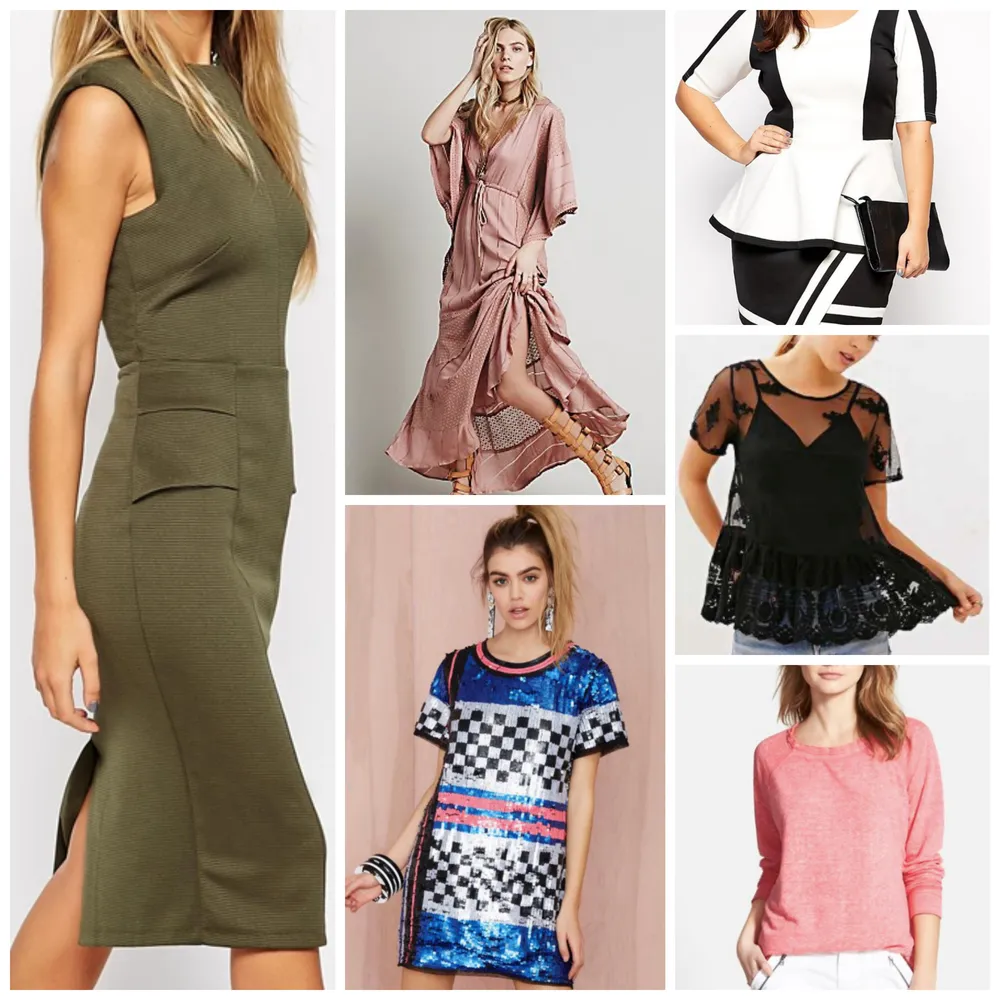
Defining Fashion in Contemporary Context
Today, fashion merges innovation with mass production, balancing creative expression against market demands. The rise of digital platforms accelerates trend cycles, making styles evolve at an unprecedented pace. You see collections debut globally within seasons, tightly linked to social media buzz. Fashion isn’t simply about aesthetics anymore—it embodies a business ecosystem built on consumer appetite for the newest looks.
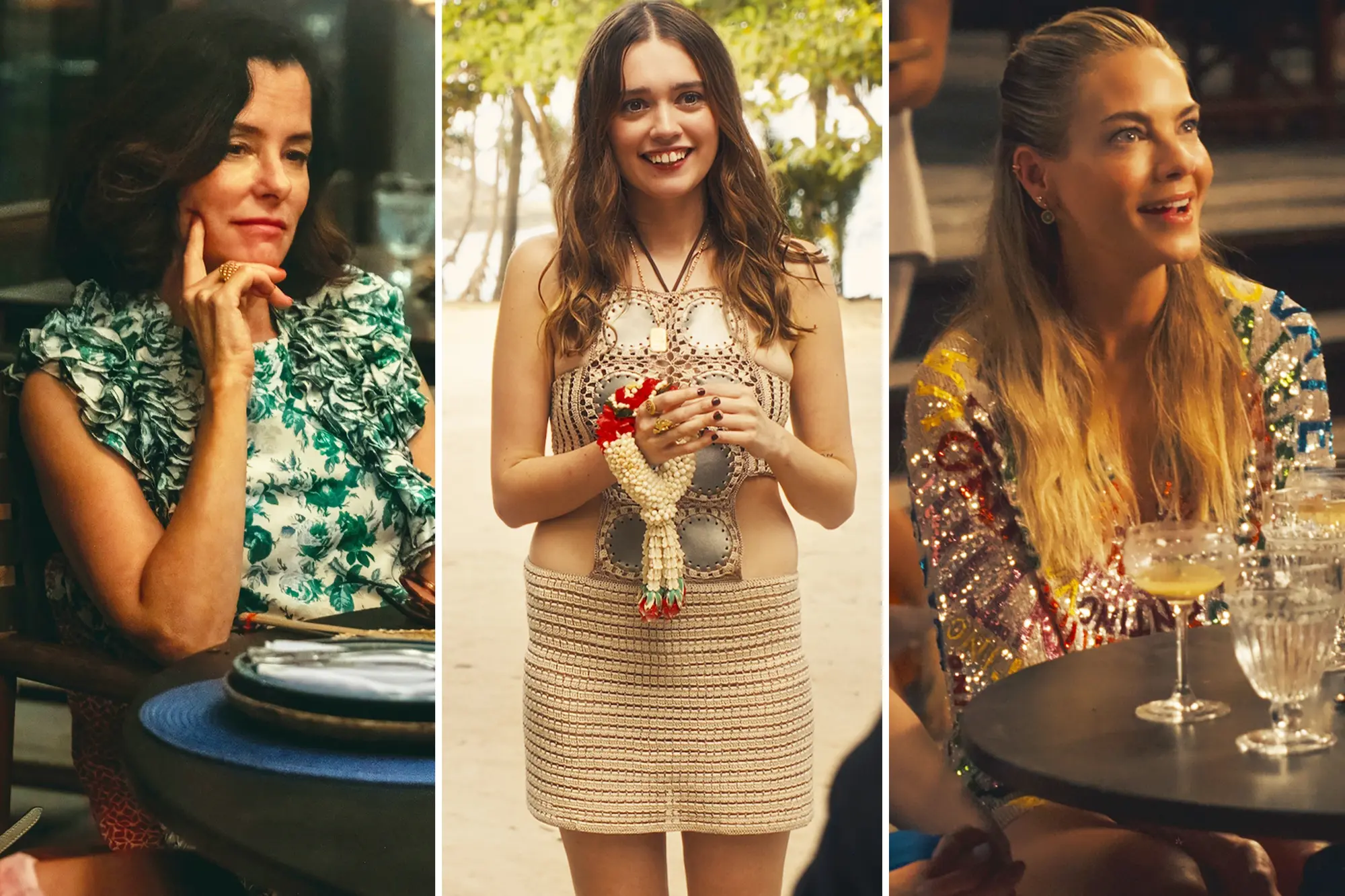
The Fast Fashion Phenomenon: Impact and Implications
Fast fashion caters to your need for affordable, trendy apparel but often at significant environmental and ethical costs. Brands like Zara and H&M produce new collections weekly, driving constant consumption. While accessible and convenient, this rapid turnover contributes heavily to textile waste, water pollution, and exploitative labor practices, urging you to think critically about the sustainability behind your purchases.
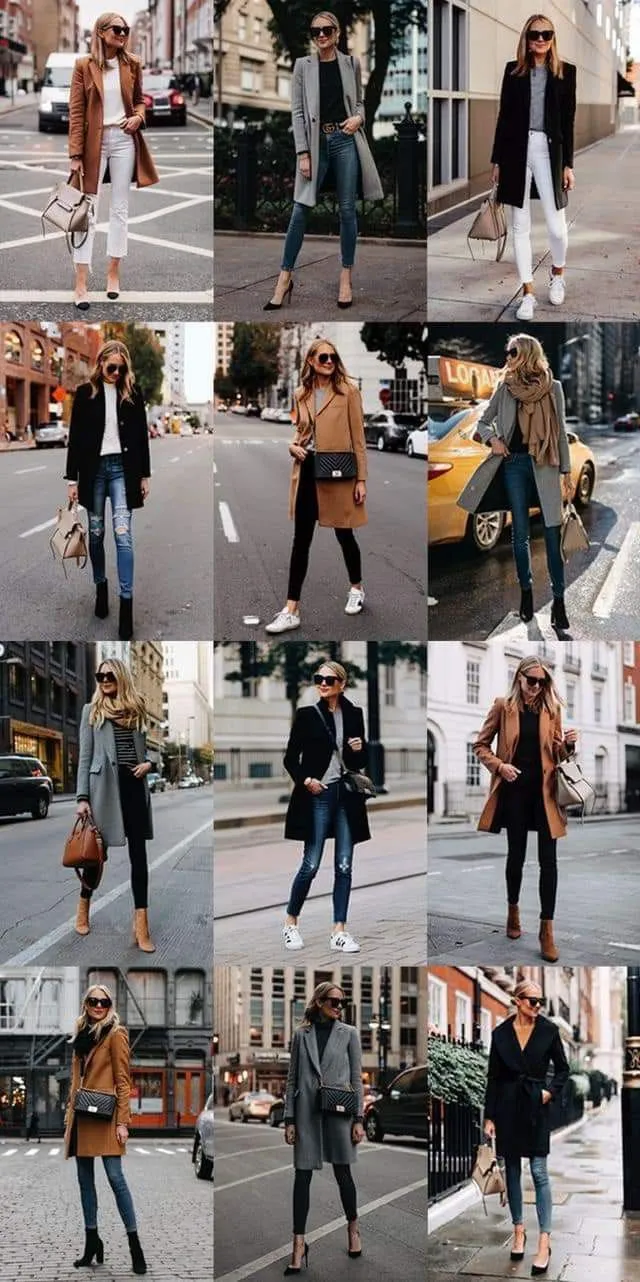
Fast fashion’s environmental footprint stems from using cheap synthetic fibers and toxic dyes, leading to polluted waterways and mounting landfill waste, with the global fashion industry responsible for approximately 10% of carbon emissions. Labor concerns also arise, as low production costs often rely on underpaid workers in developing countries. By understanding these impacts, you can make informed choices that balance style desires with ethical responsibility, perhaps shifting toward sustainable brands or investing in timeless wardrobe staples.
Unpacking Personal Style
Your personal style serves as a visual language that tells your story without words. It reflects how you interpret trends, merge comfort with aesthetics, and incorporate your preferences into everyday choices. Unlike fleeting fashion fads, personal style evolves slowly, shaped by your experiences, environment, and the moods you want to convey. Understanding this helps you curate a wardrobe that feels authentically you, transcending momentary hype and leaving a lasting impression.
Individuality in Style: Expressing Yourself
Your individuality shines through when you select pieces that resonate with your personality rather than simply following what’s on the runway. It’s about mixing textures, colors, and silhouettes that complement your mood and occasion, creating an ensemble that feels uniquely yours. This expression fosters confidence because it’s rooted in self-awareness, not external validation, allowing your true essence to stand out in any crowd.
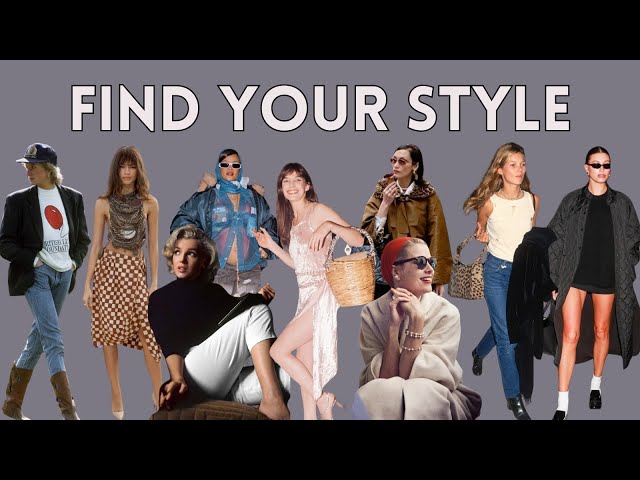
The Timelessness of Personal Aesthetics
Personal aesthetics endure beyond seasonal shifts, anchored by a consistent set of tastes and values in your wardrobe. These choices reflect timeless principles such as balance, proportion, and harmony, allowing your style to remain relevant despite changing fashion cycles. Developing your personal aesthetic means investing in pieces that suit you intimately, often resulting in a wardrobe filled with classics that maintain appeal year after year.
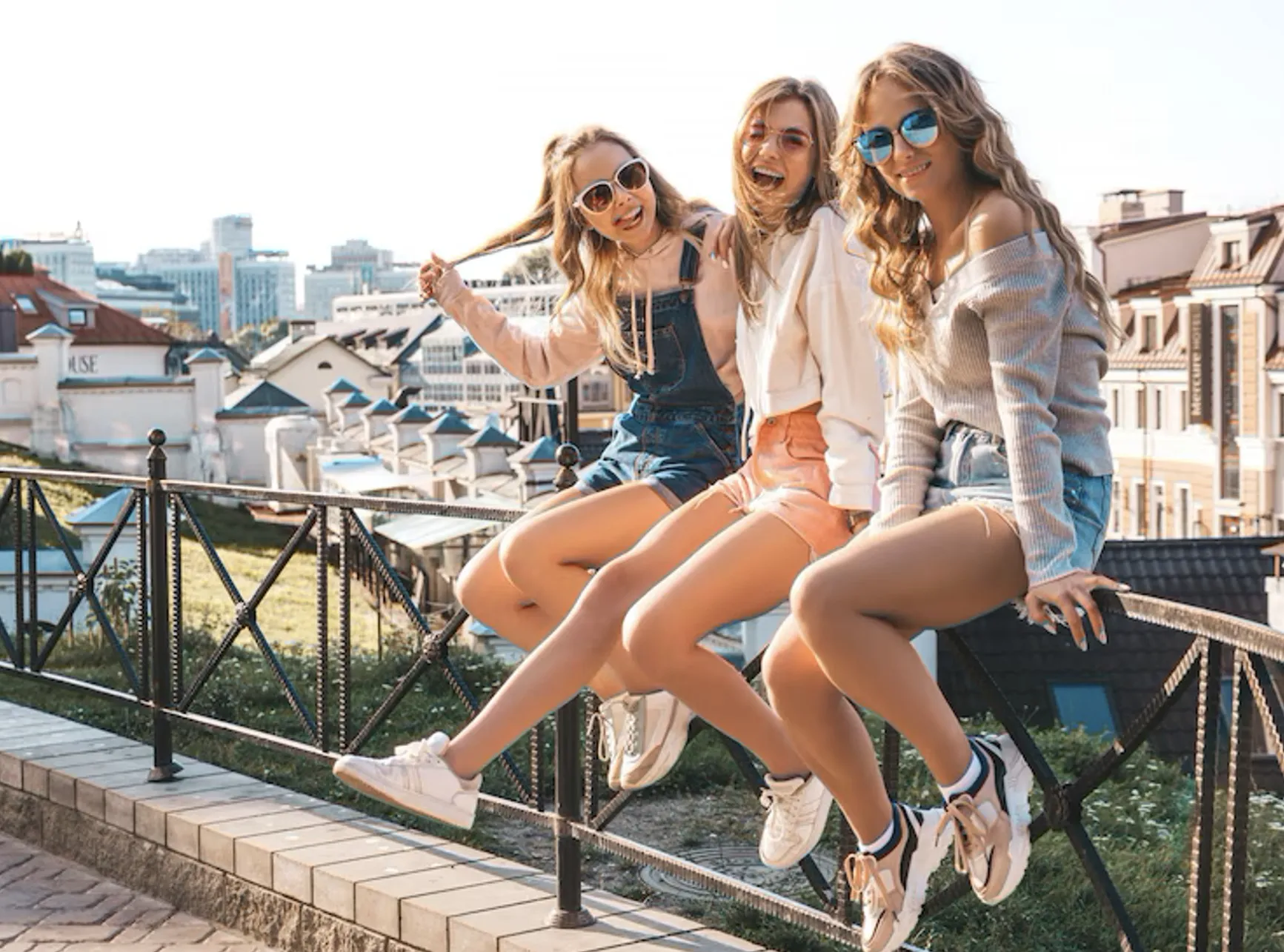
Timeless personal aesthetics come from a deep understanding of what complements your body shape, skin tone, and lifestyle rather than chasing trends. Icons like Audrey Hepburn and David Bowie exemplify this, whose styles stayed iconic through decades because they embraced distinctive looks tailored to their identities. By prioritizing quality and coherence over quantity, you reduce wardrobe clutter and make daily dressing simpler yet more impactful, supporting sustainability while reinforcing your signature presence.
The Dynamics between Fashion Trends and Personal Style
Fashion trends often serve as a backdrop for your personal style, offering fresh ideas and inspiration that you can adopt or adapt. While trends cycle rapidly—sometimes in mere months—your style tends to evolve more gradually, rooted in your preferences, lifestyle, and personality. This fluid interaction allows you to experiment with new looks without losing your own distinctiveness, blending the latest influences selectively to keep your wardrobe both current and authentically you.

How Trends Influence Style Choices
Trends shape the palette from which you pick your outfits, introducing new colors, cuts, and accessories that might catch your eye. For example, oversized blazers or neon hues trending on runways can inspire you to reinterpret these elements in a way that fits your daily life, such as pairing a neon accessory with your classic outfits. This selective adoption transforms fleeting trends into lasting style statements that resonate with your individuality while acknowledging the fashion moment.
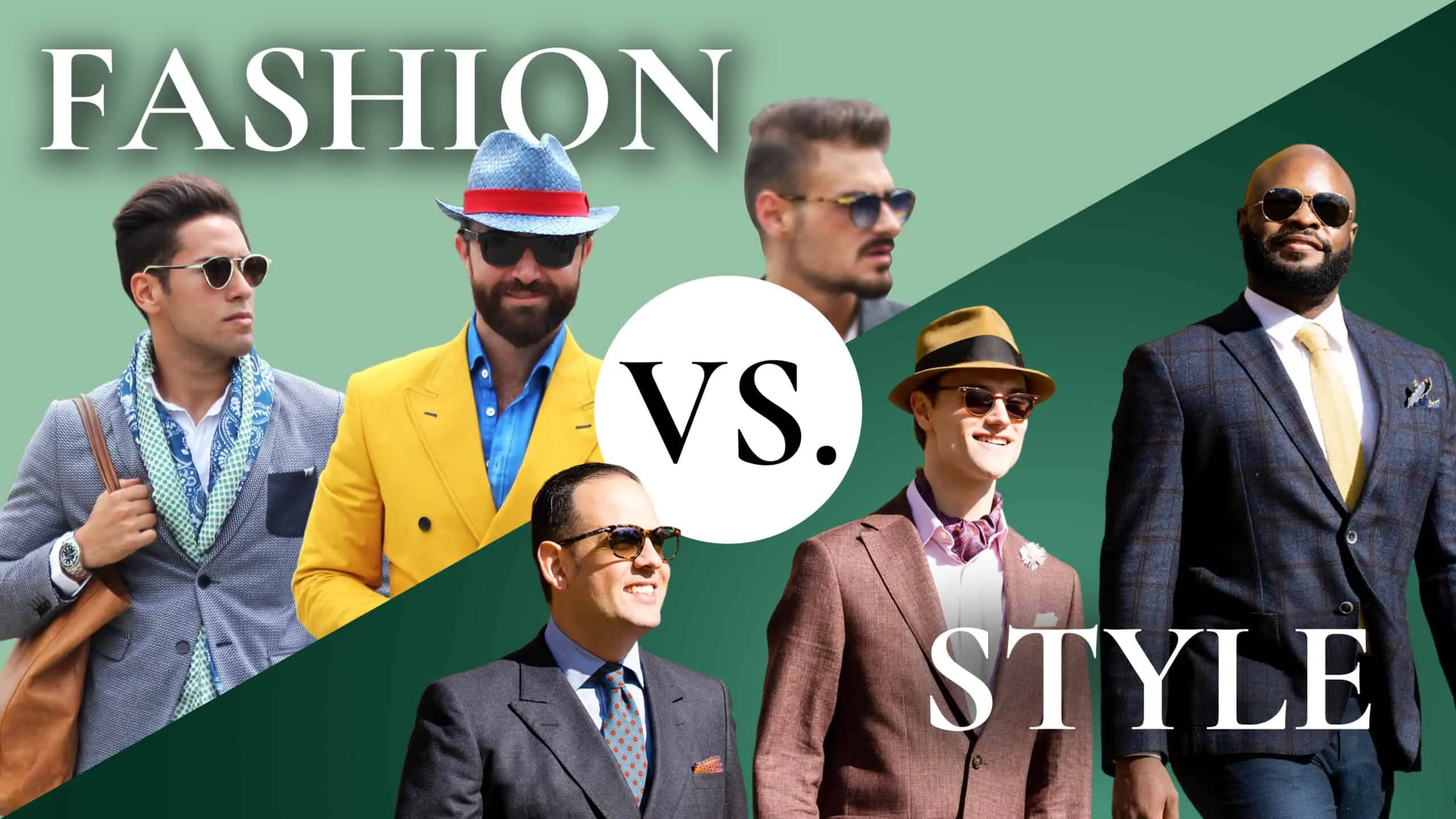
The Balance: Staying Fashionable while Being Authentic
Balancing trend participation with your authentic style means filtering fashion cues through what truly resonates with you. Integrating trendy pieces alongside timeless classics maintains a fresh look without sacrificing your core aesthetic. This approach lets you appear modern and confident while avoiding the pitfalls of looking overly influenced by fleeting trends, creating a cohesive expression that’s both fashionable and deeply personal.
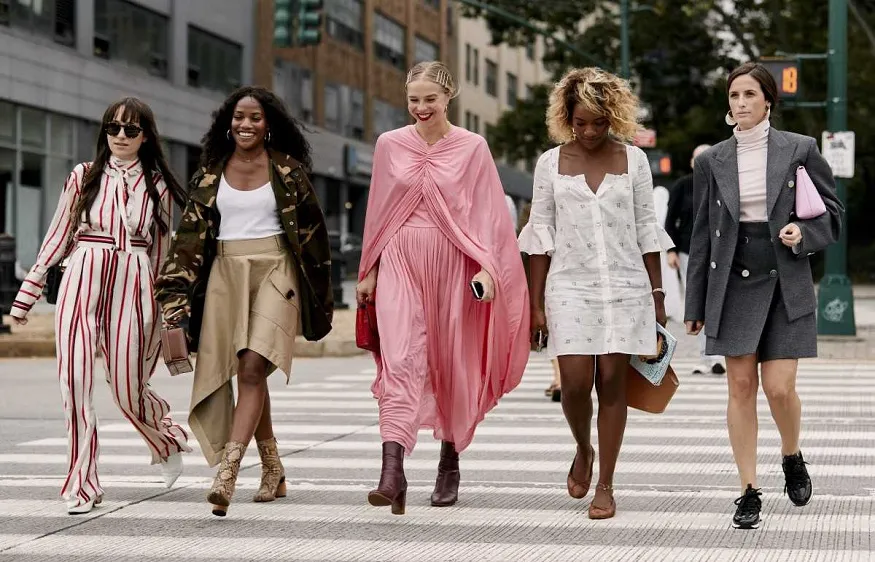
Maintaining authenticity amid evolving fashion landscapes involves a conscious curation of your wardrobe—embracing innovation while honoring what suits your body shape, color preferences, and lifestyle. For instance, if chunky sneakers are in vogue but don’t complement your minimalist aesthetic, opting for streamlined sneakers inspired by the trend keeps you relevant without compromising your style identity. This thoughtful blending ensures that you project confidence and uniqueness, turning transient fashion statements into enduring style signatures that feel natural rather than forced.
Practical Strategies for Cultivating Personal Style
Developing a distinct personal style involves curating pieces that reflect your individuality rather than simply following fleeting trends. Integrating classic garments with unique accessories allows you to build an authentic wardrobe. Experimenting with textures, colors, and silhouettes tailored to your lifestyle and personality helps your style stay consistent and timeless. Paying attention to fit and comfort ensures you not only look great but feel confident, which is ultimately the essence of true style.
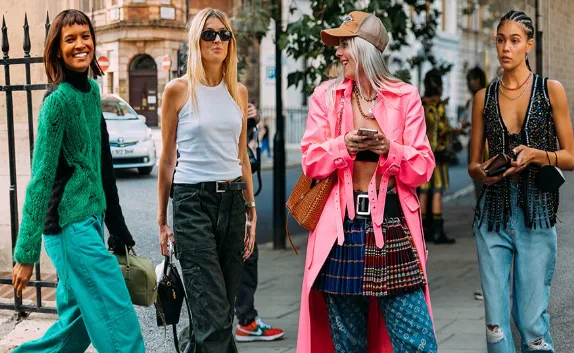
Building a Capsule Wardrobe
Constructing a capsule wardrobe means selecting a limited number of versatile, high-quality items that mix and match effortlessly. Focusing on staples like a well-fitted blazer, neutral tees, classic denim, and minimalist shoes creates a reliable foundation. This approach minimizes decision fatigue and avoids overconsumption, letting you prioritize pieces that genuinely resonate with your style and can be adapted for multiple occasions.
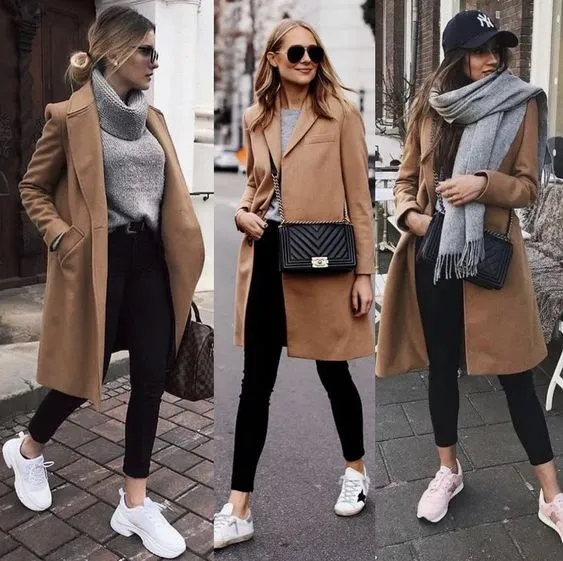
Shopping Mindfully: Choosing Versatile Pieces
Opting for versatile clothing means seeking garments that function across different settings and seasons, such as a tailored trench coat, a crisp white shirt, or black ankle boots. When you prioritize quality over quantity and choose neutral colors or subtle patterns, each item can integrate into various outfits, maximizing your wardrobe’s potential. This mindful approach reduces clutter and supports sustainable consumption.
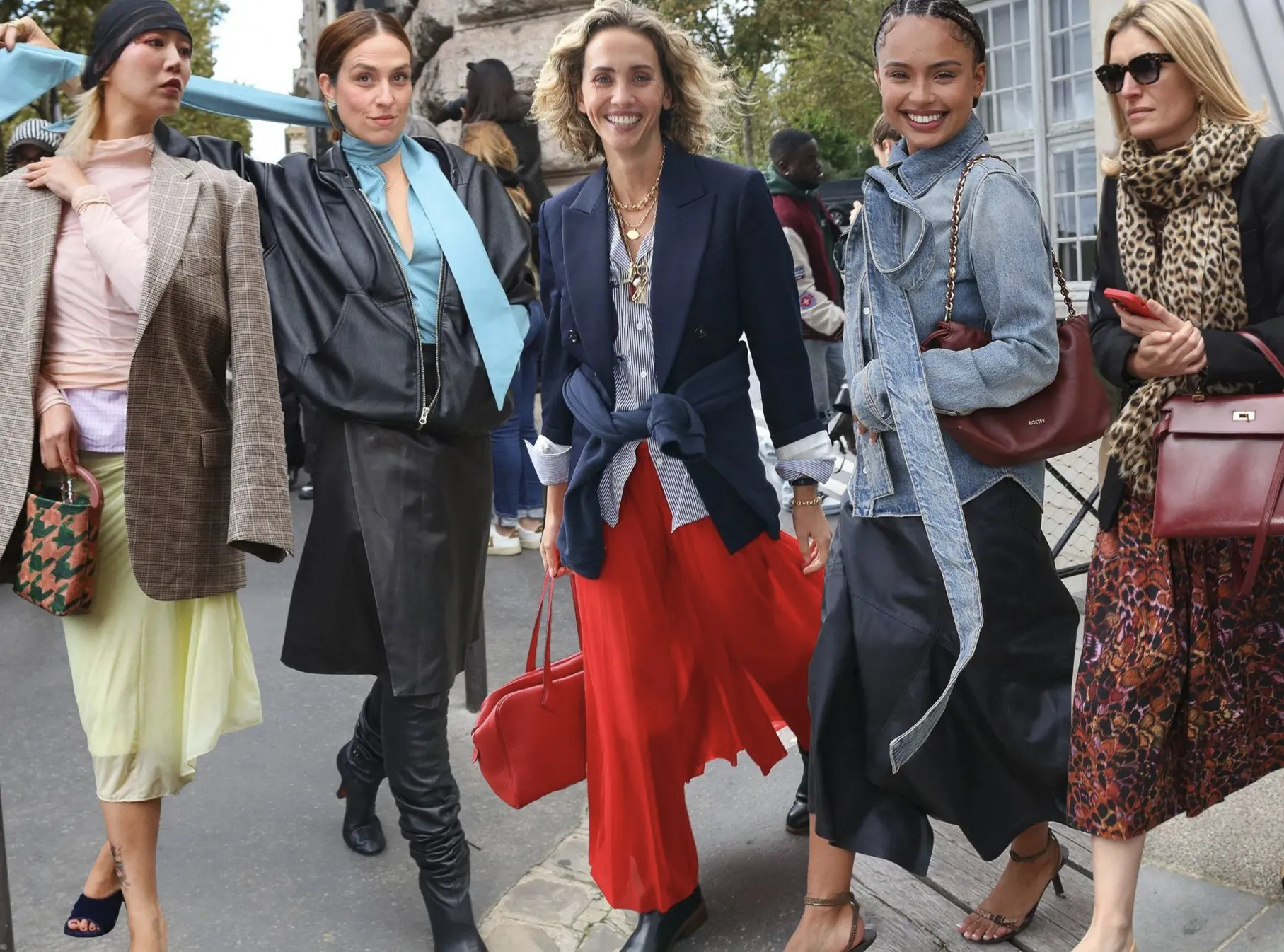
Selecting versatile pieces often demands a keen eye for fabric durability and design longevity. For instance, investing in a wool sweater or leather loafers may cost more upfront but saves money and waste over time due to their lasting appeal. Additionally, accessories like scarves or belts can dramatically shift an outfit’s feel, making simpler clothing adaptable for both casual and formal occasions. By focusing on multifunctional garments, you build a flexible wardrobe aligned with your personal style and practical needs.
Summing up
With this in mind, you can see that fashion is about the latest trends and social influences, constantly changing to reflect what is popular in the moment. Style, on the other hand, is your personal expression that remains unique and timeless, shaped by your own choices and individuality. While fashion focuses on collective trends, your style showcases who you are beyond temporary fads. Understanding this difference helps you navigate your wardrobe and appearance in a way that feels authentic and empowering.


